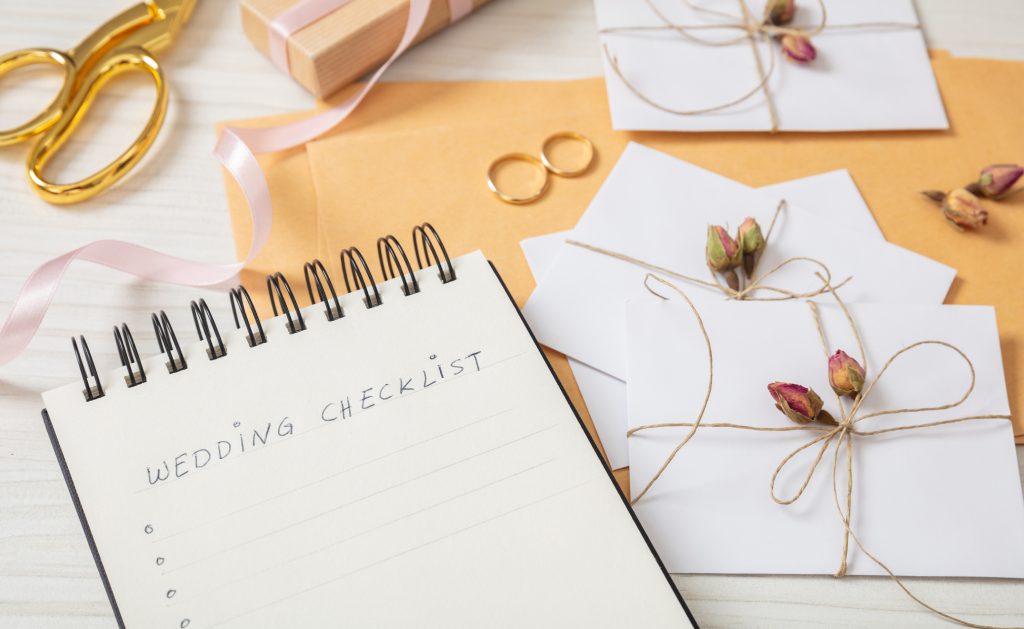
It’s summertime and the kids need you home to take them places, but you need to work. Here’s how to work from home successfully.
Boundaries – Now more than ever is the work/life boundary important. You still need to work, but you are at home so other family members may see you as available. You also have to get in the mindset of working from home and not be tempted to do the laundry or wash dishes when you should be working. How do you establish that? It works better if you have a dedicated room in which to set up shop so you can, hopefully, close a door to life outside of your work. If not, you will need to be creative by telling others and yourself that you need to work from x to y and that you can’t be disturbed. Using a timer may help you all know when you are on and off work time. The same goes for your workmates. They will need to know when you are available for calls, meetings, and consultations, to name but a few.
Work Space – How can you set yourself up to be successful? What tools are needed to duplicate what you are accustomed to having around you when you work outside of your home? Make sure you do have everything you need so you can seamlessly do your job. If your office requires you to work on an encrypted computer, have the IT person verify that you can log into your email and other programs when you are away from the office.
Approval Process – Sometimes you have an emergency at home or are sick and your doctor doesn’t want you to infect others, so working at home needs to be approved by your boss or HR. What is the culture of your office? Do they allow employees to work from home? How do you go about setting this up? More and more companies are allowing employees the flexibility to work from home, but don’t just assume this is your decision alone.
It really does take discipline to work from home, but you can be so much more productive when you have fewer interruptions from co-workers or the noise of the office. Being properly set up will be the key to your success whenever you will work from home.
Photo: Pixabay

 Join My Email List
Join My Email List








